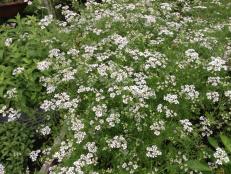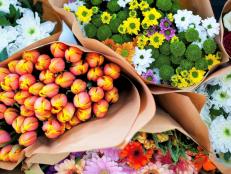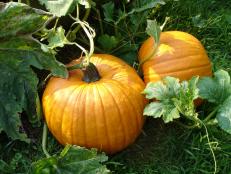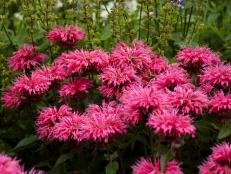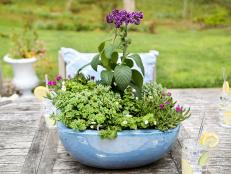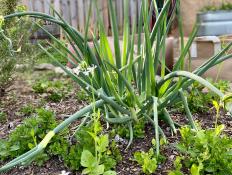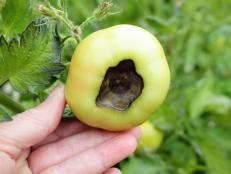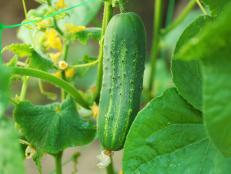What to Plant in August
It's not too late to plant, even in late summer. You can still grow short-season veggies, herbs and flowers in August from seeds or transplants.
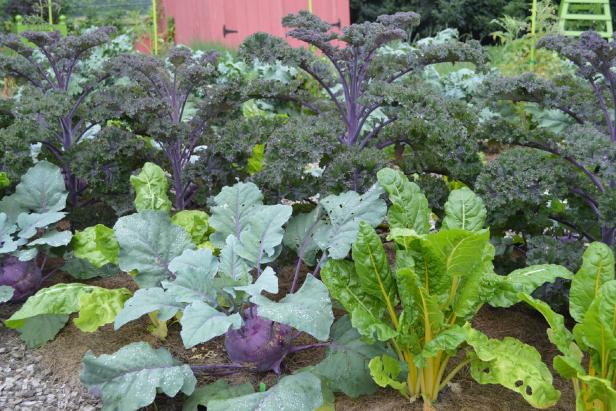
Staff for Tower Hill Botanic Garden at TowerHillBG.org

By August, gardeners are busy harvesting, weeding and watering edibles and ornamentals planted earlier in the season. But even in late summer, there's still time to plant delicious, nutritious short-season crops and dress up beds and borders with cool-season flowers. Once you know what to plant in August, you can have a bountiful garden even when the temperatures start to fall — and in some parts of the country, certain plants can overwinter.
How to Know What to Plant in August
Some plants will disappoint you if you wait until August to start them. Vegetables like corn, for example, take a long time to mature, and if planted too late in the growing season, the plants will die when frost hits. The same goes for ornamentals like sunflowers; depending on the variety, they can take 80 to 120 days to go from seed to bloom and will perish when the temperatures drop. In general, USDA Gardening Zones 9 to 11 are exceptions. Their mild winters allow gardeners to grow many veggies, herbs and flowers almost year-round.
To figure out what to plant in August, look up the average first frost date in your region or talk to an agent at your local extension service office. If you're sowing seeds, read the seed packets to see how many days each kind of plant needs to mature and make sure there's enough time for it to produce or bloom before that date.
If there's not enough time to plant from seeds, you can grow some veggies, flowers and herbs from transplants. If your first frost date is approaching and you want to grow plants that can't tolerate cold weather, look for varieties labeled "early maturing."
Fortunately, some ornamentals and edibles can tolerate heavy frost and temperatures below 28 degrees, so they're good candidates for late-season gardens. These include spinach, broccoli, cabbages, kale, Brussels sprouts, radishes and turnips.
Others can take a light frost when the air temperatures range from 28 to 32 degrees. These are lettuce, chard, beets, peas, parsley, cauliflower and more. Beet and carrot tops may die but the roots can survive.
Some flowers can also tolerate mild frosts, such as sweet alyssums, dianthus, calendulas, petunias, Shirley poppies, sweet peas and snapdragons. However, some flowers that prefer cool temperatures won't thrive if your weather in August is still warm or hot. Others that can tolerate a light frost will still die in a freeze.
What to Plant in August in Containers
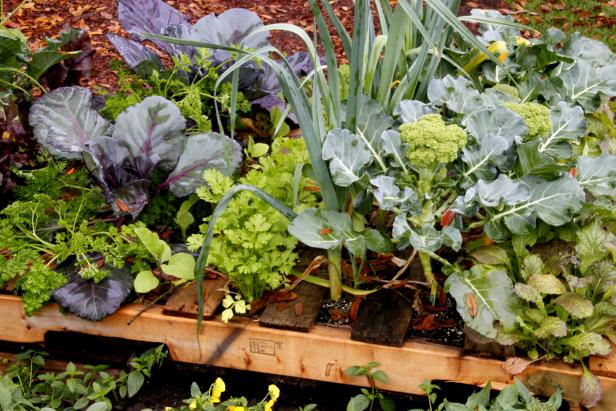
Photo by Melissa Caughey
For mixed containers, make sure your plants need the same basic amounts of sunlight and water. Use large containers for large, individual plants.
You may be short on garden space if you're still picking and cutting veggies, herbs and flowers in August. Unless your plants are finished and ready to pull anyway, try planting in containers. Pots are especially good for fast-growing radishes, salad greens like lettuce and spinach, and herbs like arugula.
What to Plant in August: Vegetables
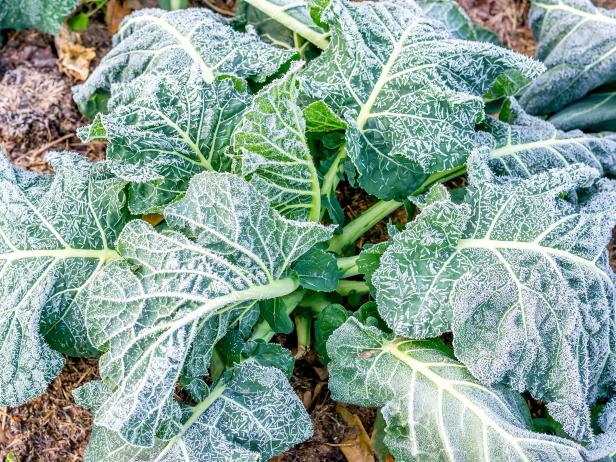
Debbie Wolfe
A light frost isn't always a bad thing. Some greens, like collards, taste better after the first frost.
Again, be sure the veggies you plant in August have time to mature before the average date of your first frost. Not all the veggies, herbs and flowers listed below can be planted in August in all regions. For example, depending on the variety you're growing, corn can take 60 to 100 days to mature, so only gardeners in the Southwest can sow seeds in August and harvest a crop before frost.
If you don't have time to plant seeds in August, use transplants. Transplants reduce the time plants need to reach maturity. Another option: grow plants that tolerate frost and cold weather. The cold triggers greens like collards, for instance, to convert their starches into sugars so they taste sweeter after frost. These are good candidates for a late summer garden.
- Beans (pole and bush types)
- Beets
- Brocolli (from transplants)
- Brussels Sprouts (from transplants)
- Cabbage (from transplants)
- Cauliflower
- Chinese cabbage
- Collard greens
- Cucumbers
- Kale
- Leeks (from transplants)
- Lettuce (heat-tolerant and bolt-resistant varieties)
- Mustard Greens
- Peas (sugar and snap types)
- Radishes
- Spinach
- Squash
- Swiss chard
- Tomatoes (from transplants; temperatures must be under 90 degrees or fruits won't set)
- Turnips
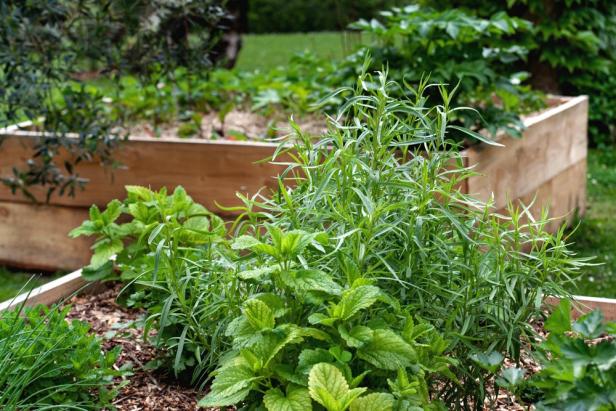
Shutterstock/redzen2
Mint, thyme, chives, sage, oregano and the lemon balm are cold-hardy herbs that come back as perennials.
What to Plant in August: Herbs
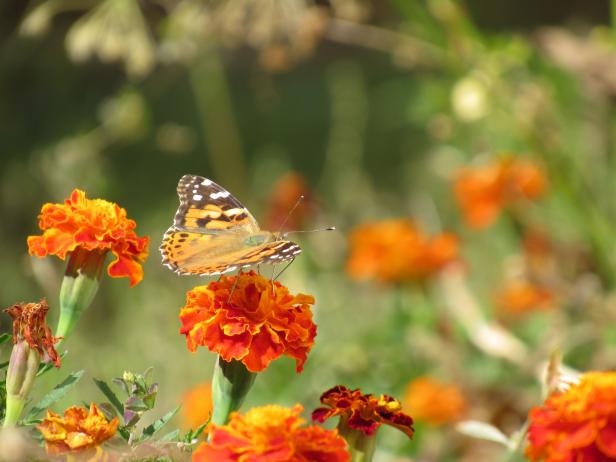
Angie Sparks/American Meadows
Marigolds in autumnal colors brighten gardens until the first frost. Some may live a little longer if they're well-watered, mulched and protected with frost cloth until the real cold weather arrives.
What to Plant in August: Flowers
These are perennials unless otherwise noted. As with vegetables and herbs, start with transplants, not seeds, if you expect frost before these flowers have time to bloom.
- Alyssum
- Aster
- Bearded Iris
- Cleome (annual; hardy in Zones 10-11)
- Chrysanthemum (hardy or garden mums are perennials; florist mums are hardy in Zones 7 to 9)
- Daylily
- Hydrangea
- Marigold (cold-hardy annual; killed by frost)
- Pansy (short-lived perennials; usually grown as annuals because they dislike heat)
- Petunia (tender perennials, hardy in Zones 9 to 11; often grown as annuals)
- Peony
- Sedum
- Snapdragon (tender perennials, hardy in Zones 7 to 11; often grown as annuals)
- Viola (short-lived perennials; usually grown as annuals because they dislike heat)
Tips for Success for Planting in August
- Keep your plants watered and mulched.
- Garden in the morning, when it's cooler and plants are under less stress.
- Use frost cloth for protection from light frosts.
- Pot up herbs or flowers you want to overwinter indoors.
- Remove plants that are dead or finished, and consider planting a cover crop.
- If your weather is cool enough, plant pansies and violas, flowers that dislike the heat.

.-Battle-on-the-Beach-courtesy-of-HGTV.-.jpg.rend.hgtvcom.196.196.suffix/1714761529029.jpeg)




